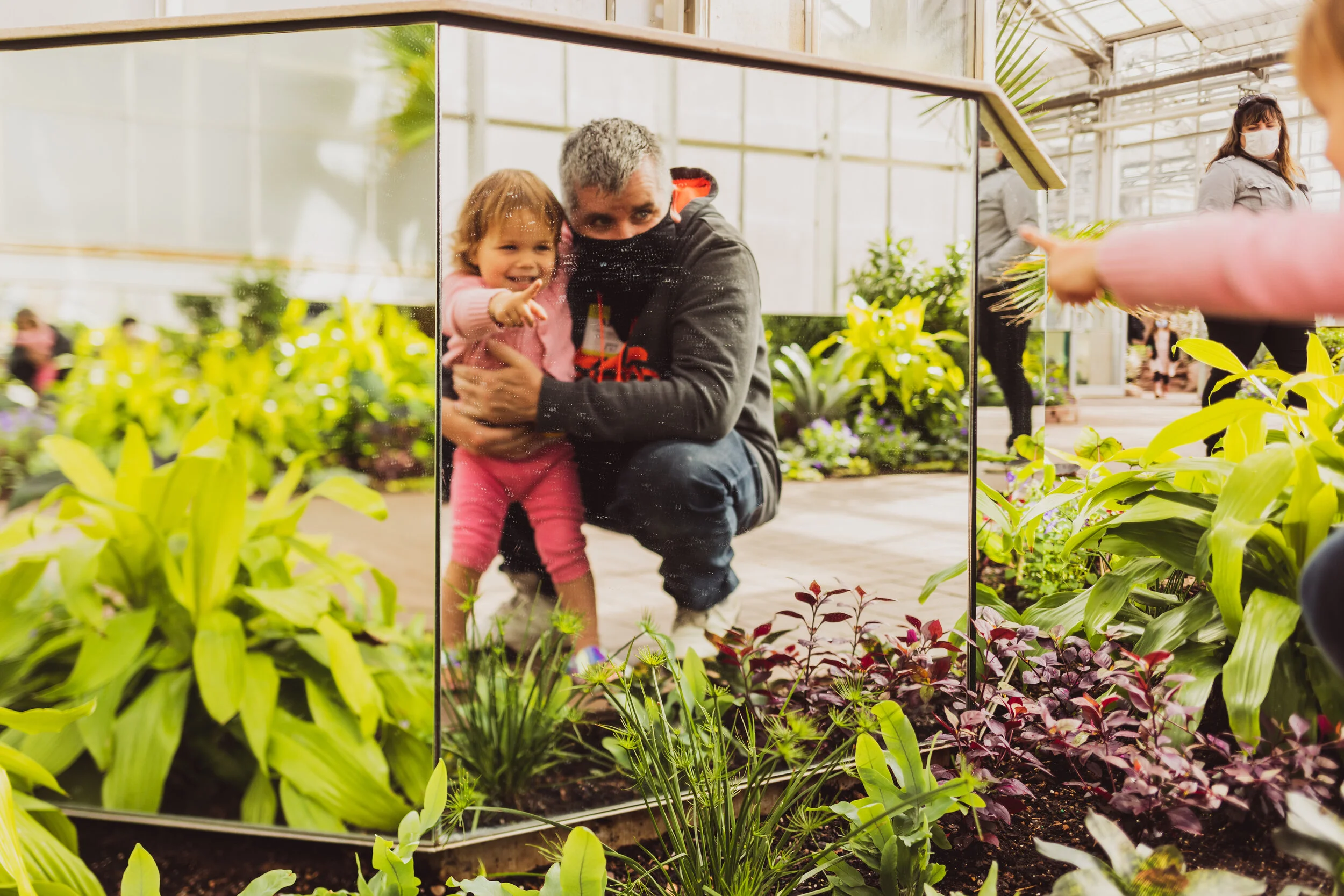Beyond Sculptures: A Guide to Frederik Meijer Gardens' Natural Masterpieces
An iconic tourist destination in the Midwest, the Frederik Meijer Gardens & Sculpture Park is the most treasured outdoor, cultural institutions and well known internationally for the quality of its art and gardens. Lines wrap around the building in the spring, in hopes of capturing the magic of the largest temporary butterfly exhibit. In the summer and early fall, Michiganders head to the Meijer Garden’s amphitheater to listen to local, national, and international musicians - a perfect way to enjoy summer evenings. And, oddly enough, winter is another glorious time to visit. The Gardens combine horticulture, botanical garden, outdoor sculpture park, and art museum all in 158 acres so it is stunning in all 4 seasons.
watch the video
Indoors
Earl and Donnalee Holton Arid Garden
We started our visit by walking through the arid garden. The stone archway divides the garden into 2 sections:
Arid plants from the Americas and Australia
Arid plants found in Africa, Asia, and the Middle East




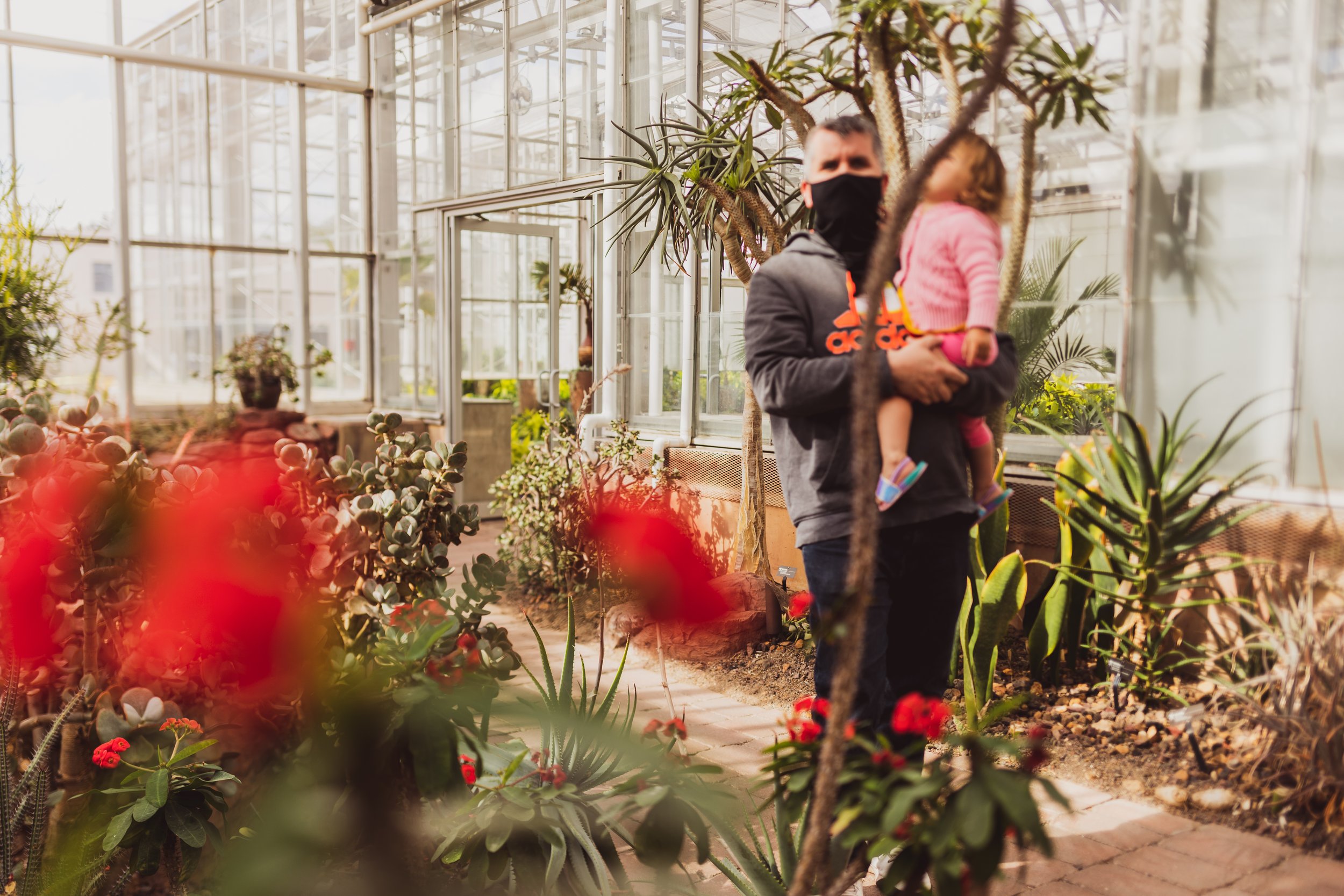
Here you can find displays that change with the seasons, so there will be something beautiful to see all year long.
Earl and Donnalee Holton Victorian Garden Parlor
I wish I could’ve spent more time in this room! This room was designed for people to gather and appreciate the discovery of the beauty of the botanical world. You can find foreign plant collections under glass, water fountains, ornate planters, stained glass features, and several sculptures. It made me feel like I was back in Italy!
Kenneth E. Nelson Carnivorous Plant House
This garden is home to meat-eating plants from around the globe of all shapes and sizes. You can find plants like the Venus Flytrap, colorful pitcher plants, sundews, and butterworts.
Lena Meijer Tropical Conservatory
The Lena Meijer Tropical Conservatory is the largest, permanent, indoor conservatory in Michigan. This five-story exhibit is an absolute delight featuring more than 500 plant species from five different continents. In March and April, you can find the largest tropical butterfly exhibition in the nation. Thousands of butterflies, imported as chrysalises, from Africa, Asia, and South and Central America, fly freely. Tropical birds can also be seen - they were tropical birds raised in captivity.






Shop & Eat
In addition to the gardens, you can find sculptures throughout the building. But you can also find the James & Shirley Balk Café for a bite to eat or to grab a drink. The café is decorated in dozens of individual blown-glass pieces spanning the ceiling in a spectrum of colors. The Meijer Gardens Gift Shop is a great place to pick up a variety of house plants, handmade goods, garden supplies, garden art, locally made gifts, and a line of gardening books.
Lena Meijer Children’s Garden
The Children’s garden was designed for children to experiment, explore, and learn through play. There are ten themed areas in the Children’s garden:
The Kids Sense Garden is full of plants and interactive sculptures to discover the five senses
The Great Lakes Garden is an interactive, small-scale, version of the lakes for waterplay.
Treehouse village
The storytelling garden
A secret Mouse Hole Entrance on the main gate
A log cabin
A butterfly maze
The rock quarry
Wooded wetlands area
Sculpture Walk
We easily spent 2 hours exploring this section alone. There are also events throughout the year, run by volunteers, for children that are interactive and informative about the plants, sculpture, natural environment and the arts. You can find summer camps, demonstrations, story times, and guided walks all year long. We were able to partake in a color walk where Evelyn was given her ‘binoculars’. Be completely present in the gardens and fully explore the sights, sounds, smells, and textures with your children!






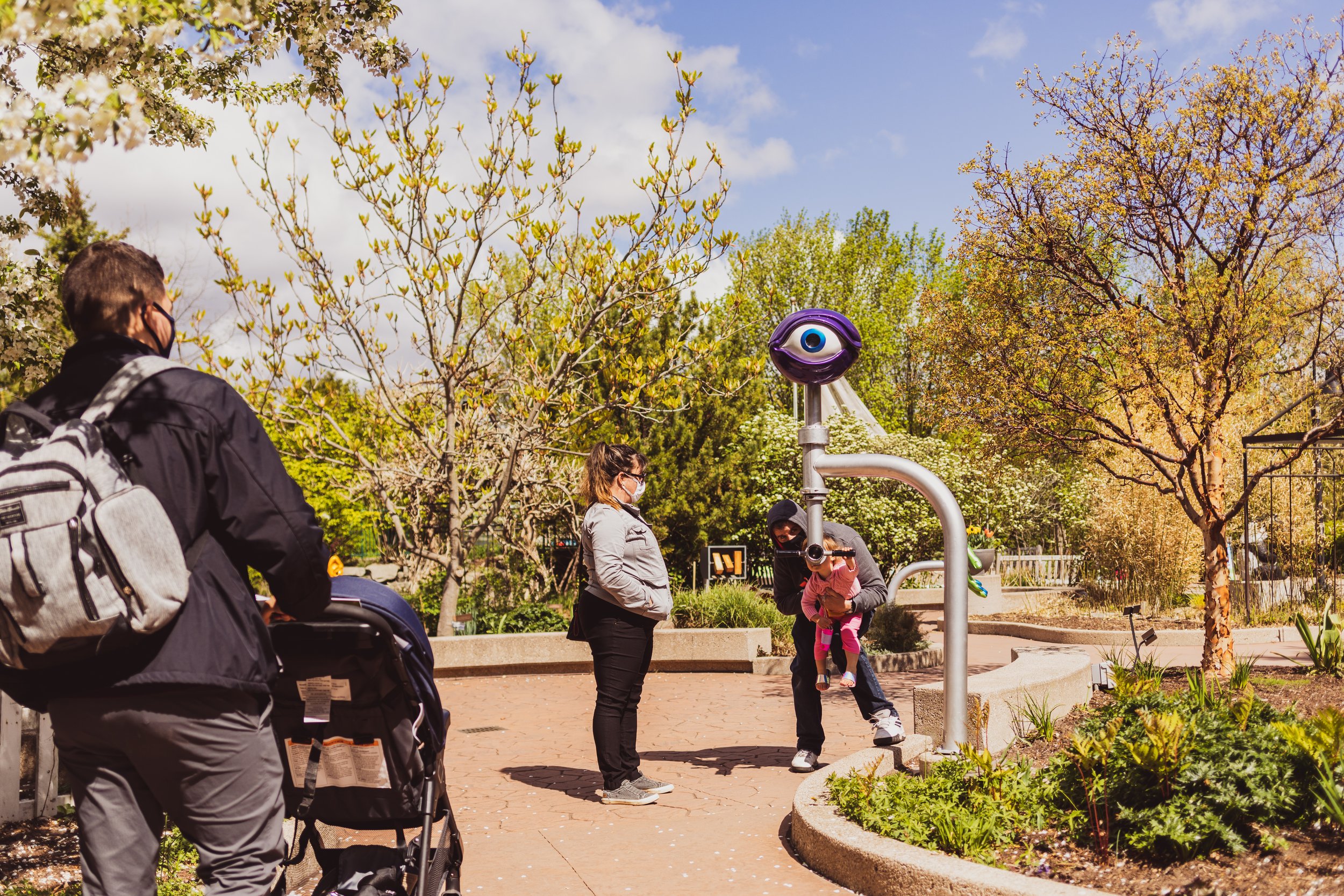

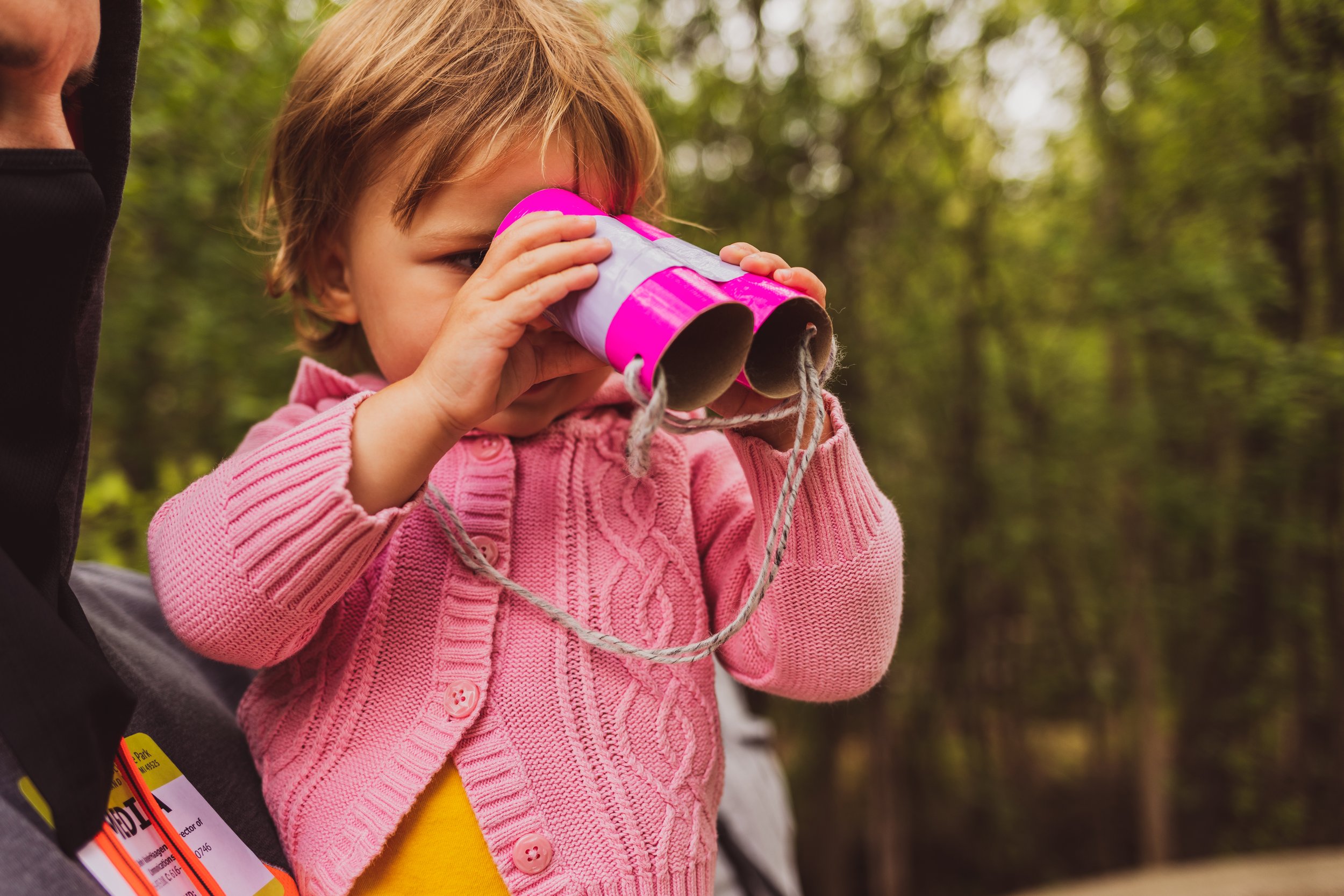


Jump back in time to experience what the Depression Era would have been like on a small family farm. This garden is full of heirloom vegetables, flower borders, an orchard, a three-quarter scale model of Lena (Rader) Meijer’s childhood home, and other era-appropriate buildings & tools. Evelyn thoroughly enjoyed the windmill! Buildings such as the outhouse and the barn and toolshed provide hands-on learning experiences for the Gardens’ visitors. The gardens are then dressed with sculptures of animals commonly found on a family farm in the 1930s.


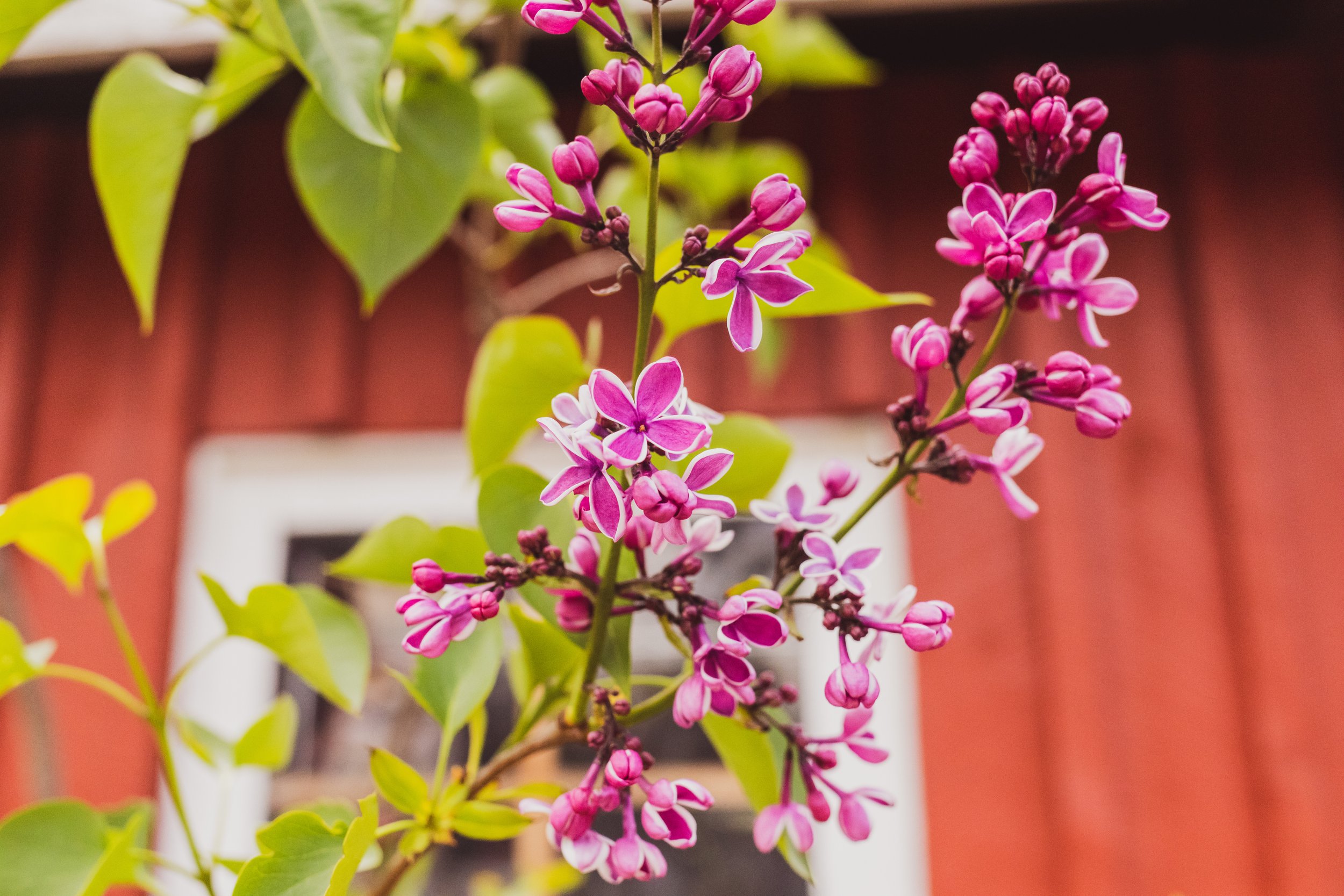



Hoichi Kurisu outdoes himself with the eight-acre Japanese gardens here! The moment you walk under the entryway structure, it is as if you are walking into tranquility. The garden features traditional elements such as waterfalls, elevation changes, hundreds of hand selected boulders, an authentic tea house (a Japanese garden is never complete without a tea house), and seven pieces of contemporary sculpture. I tried to capture its almost meditative abilities in my video!
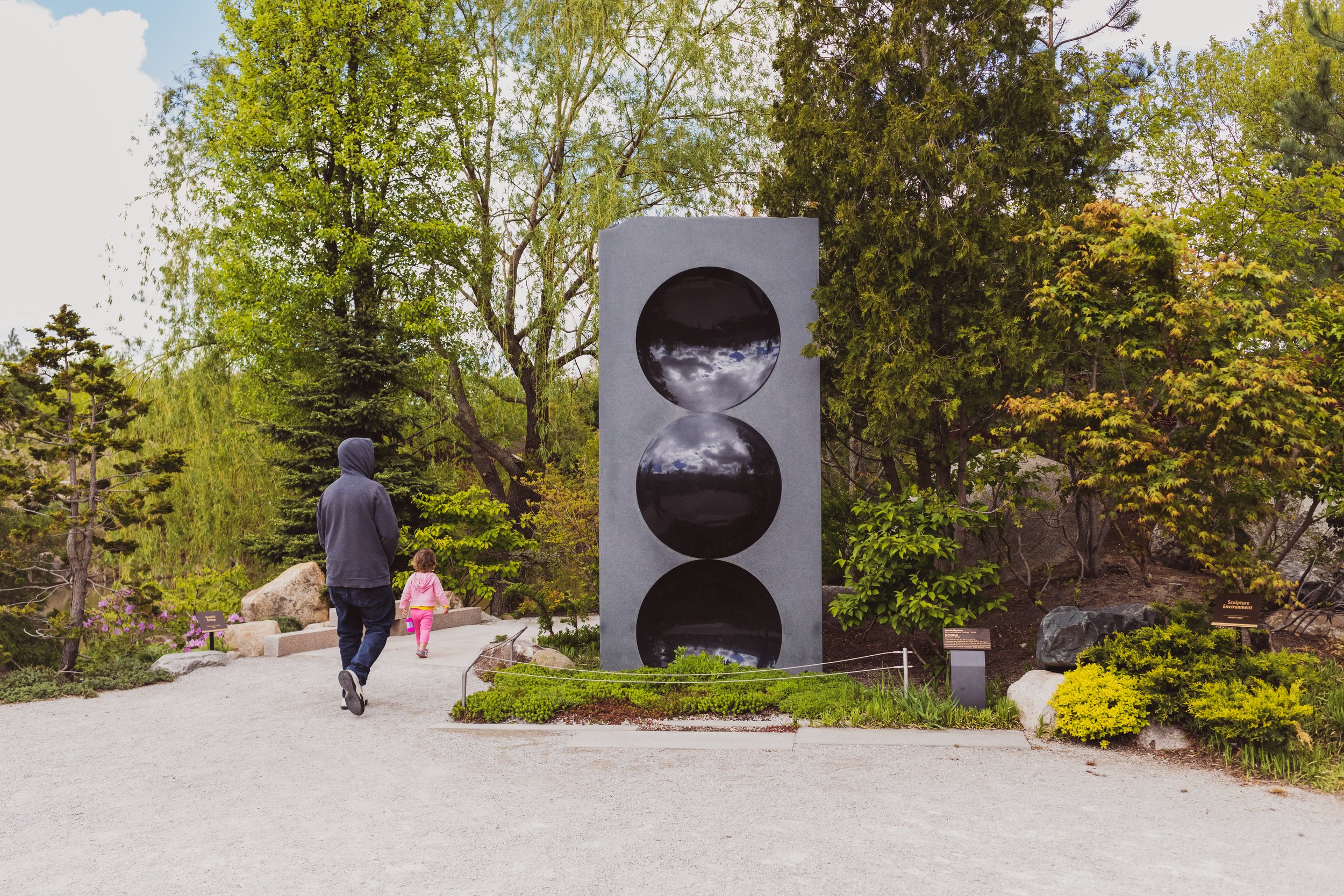














I can’t get over how much this space made us feel like we were back in Japan. It was stunning and I’m sure we missed so much detail with this being our first trip.
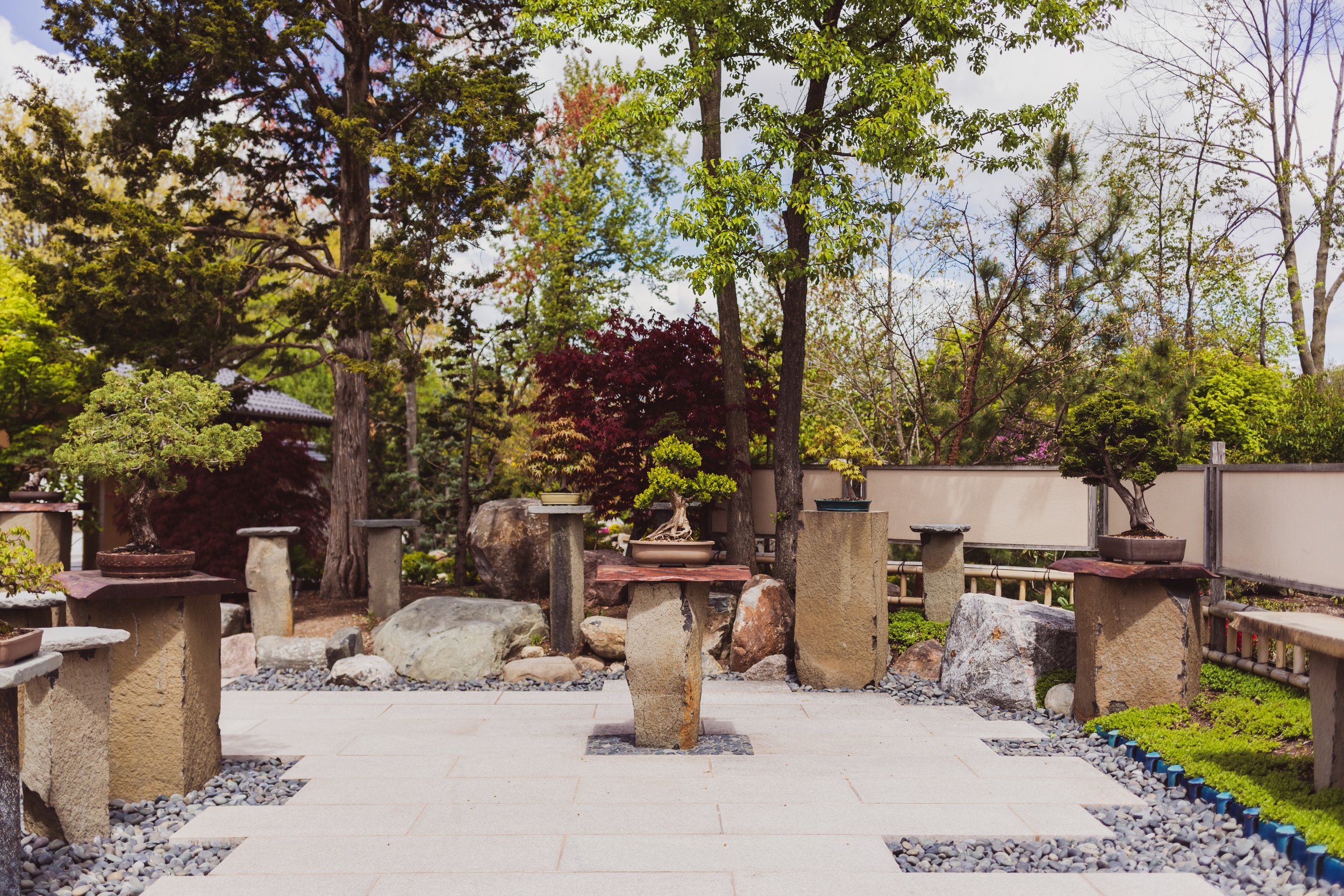




Other Highlights:
Sculpture Park
Although we didn’t get to visit the sculpture park, it features world-class permanent sculptures that make this garden known internationally. The sculptures are all located within a variety of natural settings connected by pathways, lawns, meadows, walkways, or even by waterways. 30 acres of the Gardens have been dedicated to this outdoor art gallery.
Amphitheater Garden
Home to the Fifth Third Bank Summer Concert, this amphitheater is well known for its music in the park. Enjoy great views of the gardens and sculptures, terraced lawn seating, and melodic concerts throughout the summer and early fall months. Although no food is allowed in the gardens, you can also head to the Picnic Pavilion to enjoy any packed snacks or a full meal.
Frey Boardwalk
Frey Boardwalk
Such a beautiful and scenic walk overlooking the wetlands! This was our chosen path to find the farm garden.
Gwen Frostic Woodland Shade Garden
The woodland shade garden contains examples of Gwen Frostic’s favorite plants and animals that inspired much of his work!
Thank you for joining us on this trip. I hope you visit the gardens soon! If you have visited before, just finished the blog, or are planning a trip, let me know what your favorite part about the gardens was in the comments below!



